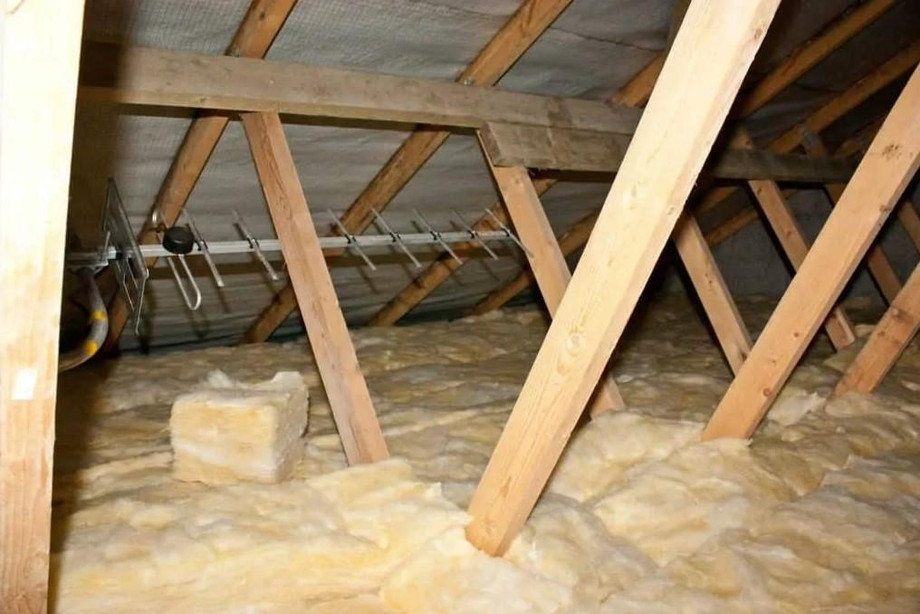In an era of growing environmental awareness and the pressing need to reduce energy consumption and greenhouse gas emissions, the Warm Homes Insulation Scheme is a beacon of hope. This innovative initiative is making significant strides in transforming homes across the nation into energy-efficient, warm, and comfortable havens. In this article, we'll explore the Warm Homes Insulation Scheme, its objectives, benefits, and how it's contributing to a more sustainable and comfortable future for homeowners.
Understanding the Warm Homes Insulation Scheme
The Warm Homes Insulation Scheme is a government-backed program designed to improve the energy efficiency of homes across. It primarily focuses on enhancing insulation measures, such as loft insulation, cavity wall insulation, and solid wall insulation, to help homeowners and tenants reduce their energy bills and carbon footprint. The scheme aims to make homes more comfortable while addressing the issue of fuel poverty and reducing the environmental impact of residential energy use.
Key Objectives of the Scheme
Reduce Energy Consumption: The primary goal of the Warm Homes Insulation Scheme is to reduce energy consumption in residential properties by enhancing insulation and thereby lowering the demand for heating and cooling.
Alleviate Fuel Poverty: By improving energy efficiency and reducing energy bills, the scheme aims to alleviate fuel poverty, making homes more affordable to heat and maintain.
Lower Carbon Emissions: Reducing carbon emissions is a critical component of the scheme, contributing to the commitment to combat climate change and meet its carbon reduction targets.
Enhance Home Comfort: By improving insulation, the scheme seeks to create homes that are warmer in the winter and cooler in the summer, providing residents with a higher level of comfort year-round.
Promote Sustainable Living: The scheme encourages sustainable living practices and aims to raise awareness about the environmental impact of energy consumption.
Benefits of the Warm Homes Insulation Scheme
Lower Energy Bills: Enhanced insulation can significantly reduce energy consumption, leading to lower utility bills for homeowners and tenants.
Improved Home Comfort: Better insulation means that homes remain at a comfortable temperature, reducing the need for constant heating or cooling.
Health Benefits: A well-insulated home can lead to improved indoor air quality and reduced health issues related to cold, damp living conditions.
Environmental Impact: Lower energy consumption and reduced carbon emissions help mitigate the effects of climate change and reduce the environmental impact of residential energy use.
Reduced Fuel Poverty: The scheme helps combat fuel poverty by making homes more affordable to heat, providing financial relief for low-income households.
Eligibility for the Warm Homes Insulation Scheme
The eligibility criteria for the Warm Homes Insulation Scheme can vary depending on your location. However, several common factors typically determine eligibility, such as:
Residential Status: To qualify for the scheme, you must be a homeowner or tenant residing in a domestic property.
Property Type: Different types of properties, including houses, flats, and bungalows, may be eligible, but eligibility criteria can differ.
Income Levels: Income thresholds may apply, particularly for those seeking financial assistance for insulation improvements.
Age and Health Considerations: Some regions may prioritize elderly residents or those with specific health conditions.
It's important to check with the local authorities, energy providers, or relevant agencies to determine your eligibility and the specific requirements in your area.
How the Warm Homes Insulation Scheme Works
The process of accessing the Warm Homes Insulation Scheme typically involves the following steps:
Assessment: Homeowners or tenants who believe they qualify for the scheme undergo an assessment to determine the insulation measures that would be most beneficial for their property.
Installation: Once the assessment is complete, approved contractors install the recommended insulation measures, such as loft insulation, cavity wall insulation, or solid wall insulation.
Quality Assurance: The work carried out is subject to quality checks to ensure that it meets the required standards for energy efficiency and safety.
Financial Support: Financial support and subsidies may be available to eligible participants, helping to offset the costs of installation.
Energy Efficiency Advice: The scheme often includes advice on energy-efficient practices and measures that homeowners and tenants can adopt to further reduce energy consumption.
The Role of Local Authorities
Local authorities and government agencies play a central role in the administration and implementation of the Warm Homes Insulation Scheme. They work to promote the scheme, provide assessments, oversee the work of approved contractors, and facilitate financial assistance for eligible residents. Additionally, they monitor the impact and effectiveness of the scheme in reducing fuel poverty and carbon emissions within their regions.
Measuring the Success of the Scheme
The Warm Homes Insulation Scheme's success can be measured through various key indicators, including:
Energy Consumption Reduction: The scheme aims to significantly reduce the energy consumption of participating households, which can be measured through utility bill analysis.
Fuel Poverty Reduction: Success is also gauged by the extent to which the scheme alleviates fuel poverty, making it more affordable for residents to heat their homes.
Carbon Emission Reduction: Reductions in carbon emissions resulting from lower energy consumption are key indicators of the scheme's success in contributing to climate change mitigation.
Energy Efficiency Improvements: Measuring the number of homes that have seen substantial improvements in energy efficiency, such as enhanced insulation, is another crucial metric.
For More Info:-
grants for landlords for central heating
energy company obligation boiler replacement






Comments